
Opening Thoughts
Recently, I've noticed many of my friends starting to dabble in gardening at home - some growing succulents on their balconies, others transforming their windowsills into small vegetable gardens. As a gardening enthusiast myself, I still remember the mix of excitement and nervousness when I first started planting. To be honest, as a gardening novice, I made quite a few mistakes that almost crushed my confidence. However, after more than a year of exploration and experimentation, I finally found some techniques that work, and today I'd like to share how to create your own urban garden from scratch.
Location Planning
Location is truly the first step to gardening success. My first tomato plant died because of poor placement. At the time, I thought the empty corner of the balcony would be perfect - it didn't block any walkways. But what happened? That corner only got two to three hours of sunlight daily, and my tomato plant grew thin and weak, with yellow leaves and a stem as thin as a chopstick. When it finally reached the fruiting stage, it only produced a few tomatoes, each smaller than a ping pong ball and sour enough to make your teeth hurt.
After this painful lesson, I began to seriously study the lighting conditions on my balcony. I discovered that the intensity of light changes throughout the day and varies significantly with the seasons. In summer, areas with direct sunlight can get extremely hot, potentially scorching the plants; in winter, sunlight becomes particularly precious. So I recommend observing your balcony or windowsill's lighting conditions at different times and keeping a record.
Location selection should also consider watering convenience. I once made the mistake of placing several plants in the farthest corner of the balcony, making it a real struggle to water them. Later, during rainy days, the floor became especially slippery, and I almost fell. Now I always place plants near water sources, making both watering and maintenance much easier.
When planning the space, I like to use a simple trick: drawing a basic floor plan on paper. It doesn't need to be professional - just marking out the basic spatial layout is sufficient. I note the duration of sunlight, ventilation conditions, and even temperature variations for each area. With this "battle map," I can better plan the placement of each type of plant.
For example, my balcony faces south and receives abundant sunlight from 9 AM to 3 PM. I place sun-loving plants like tomatoes and peppers in the center of the balcony. The sides of the balcony get slightly less light, so I plant shade-tolerant species like pothos and lucky bamboo there. This way, different plants can find positions suitable for their growth.
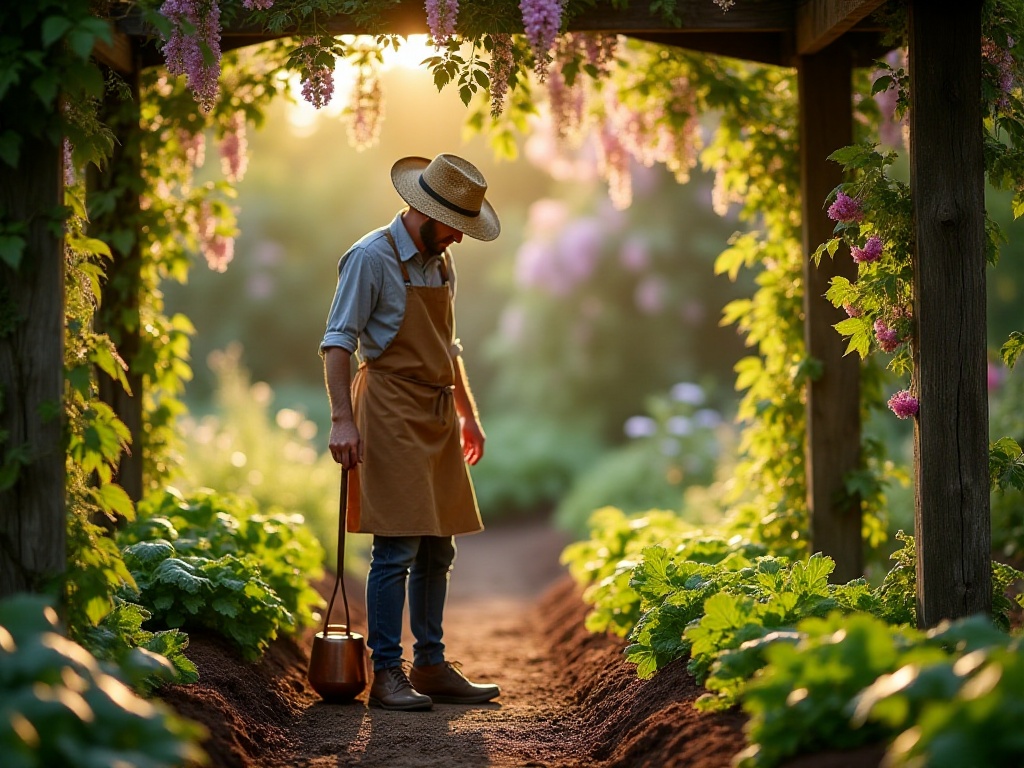
Soil Preparation
Soil is absolutely one of the key factors in gardening success. When I first started, I was particularly frugal and thought the garden soil costing just a few dollars at the supermarket was a great deal. But shortly after planting, the soil became as hard as cement, and the plant roots couldn't develop properly. Later I realized that cheap garden soil often lacks essential nutrients and has poor physical properties.
After multiple experiments, I found that quality soil should both retain water and allow air circulation. You can do a simple test: form the soil into a small ball - if it crumbles easily when pressed, the soil has good aeration. If the soil is too sticky and hard to break apart after being compressed, it indicates poor aeration and needs improvement.
My current soil mixture is: 60% quality garden soil, 20% vermiculite, and 20% coco coir. Garden soil provides the basic nutrients; vermiculite improves soil aeration while storing water and nutrients; coco coir increases organic matter content and improves soil structure. This mixture might seem a bit expensive, but when plants grow well, the investment is worthwhile.
Speaking of nutrients, I rarely buy chemical fertilizers now, preferring to make my own compost. I collect daily kitchen waste like vegetable leaves, fruit peels, and tea grounds for composting. Initially, I worried about odors, but discovered that with proper material ratios, compost doesn't smell at all. I use a simple composting method: prepare a covered plastic bucket with small holes in the bottom, add kitchen waste daily, cover with a layer of dead leaves and branches, and in about two to three months, you'll have a bucket of quality organic fertilizer.
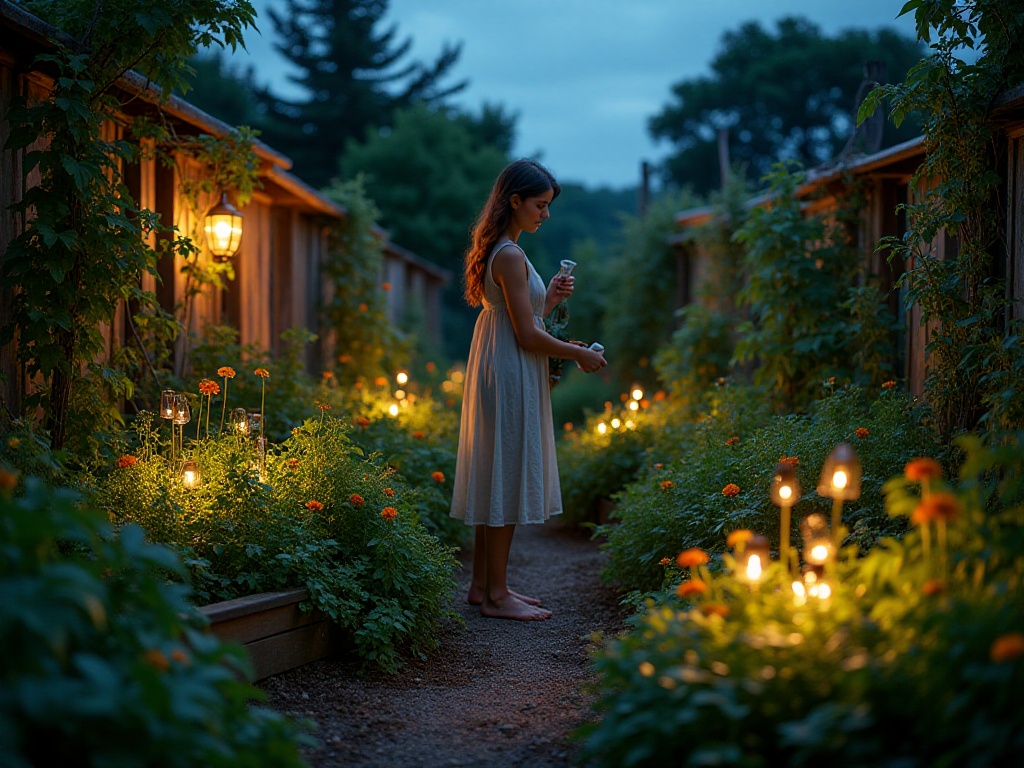
Planting Techniques
Planting is truly a skill that requires technique. I've seen many gardening experts share their experiences, with their plants growing incredibly vigorously. At first, I tried to imitate them but always fell short. Later, I discovered that planting involves many details that need attention.
Take sowing for example - many people ask how deep to bury seeds. There's actually a simple principle: seed depth should generally be 2-3 times the seed's diameter. For instance, Chinese cabbage seeds are tiny and only need to be buried about 0.5cm deep, while bean seeds are larger and can be planted 2-3cm deep. When sowing, avoid planting seeds too densely, as they'll compete for nutrients and light after germination.
I now use a small trick when planting: first thoroughly water the soil, then sow seeds when the surface moisture has slightly dried. This helps seeds absorb water more easily and increases germination rates. After sowing, I lightly spray water with a sprayer to ensure good seed-soil contact.
Thinning seedlings is also a technical skill. Many beginners are reluctant to remove excess seedlings, resulting in overcrowded plants. Actually, proper thinning allows plants to grow better. I usually start thinning when seedlings have 2-3 true leaves, keeping the strongest ones and removing the rest.
Pest and disease control is another important aspect of planting. I've found that many pest and disease issues actually result from poor growing conditions. For example, if plants are too densely packed with poor ventilation, they're prone to disease; if watering is too frequent and soil remains constantly wet, roots can rot. So now I pay special attention to controlling planting density and maintaining good ventilation.
Daily Management
When it comes to daily management, watering is perhaps the most challenging issue. Many people say they either overwater plants to death or let them die from drought, mainly because they haven't mastered proper watering techniques. I now use the "finger test method": insert your index finger 2-3cm into the soil - if you can feel moisture, no watering is needed; if it feels very dry, watering is necessary.
Watering time is also important. I usually water in the morning or evening when temperatures are moderate and water won't evaporate quickly due to strong sunlight. When watering, ensure even distribution, focusing on the root area while avoiding leaves to prevent foliar diseases.
Pruning is another important management aspect. At first, I was reluctant to cut off any part of the plants, feeling every leaf was precious. Later I discovered that proper pruning actually promotes plant growth. For example, with tomatoes, if side shoots aren't removed timely, the plant becomes very bushy but produces fewer fruits. Now I regularly inspect plants, removing yellow leaves, diseased leaves, and overcrowded branches to maintain good ventilation.
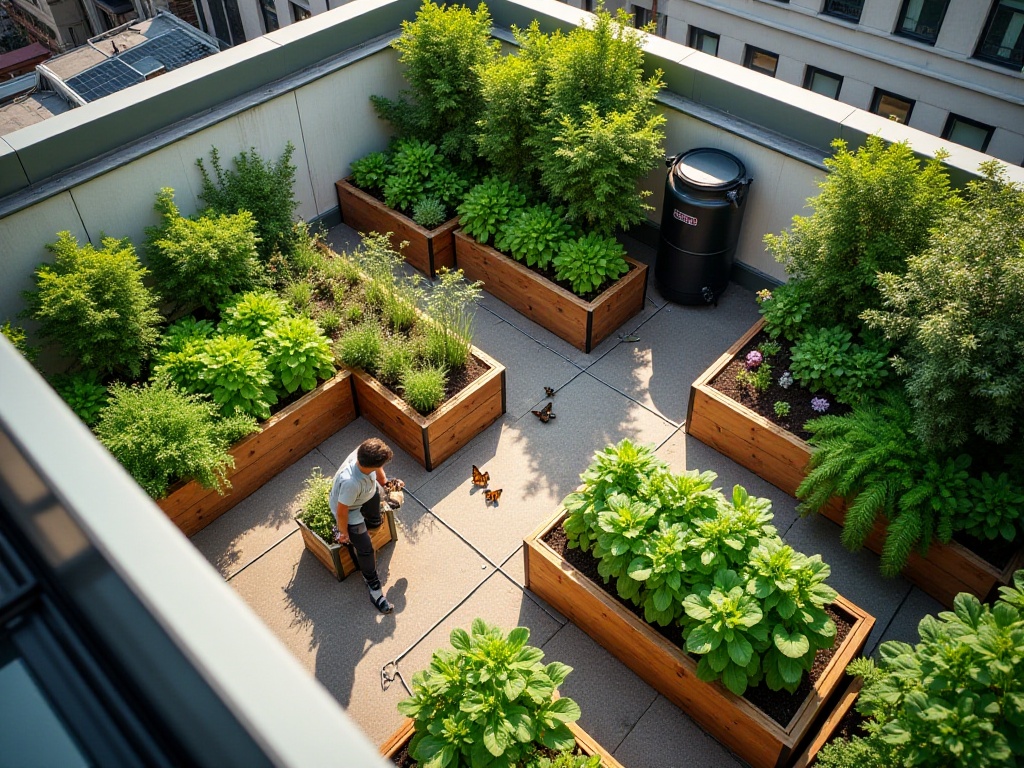
Time-Saving Tips
Gardening can be time-consuming, but some tricks can make management easier. I particularly enjoy growing perennial plants like rosemary and thyme - plant once and harvest for several years. These plants are not only attractive but also useful for seasoning.
I've installed a simple automatic irrigation system on my balcony. It's just some drip irrigation tubes and a timer, costing less than $300. But this small system has been incredibly helpful, especially when I'm traveling. I set the timer, and it waters the plants on schedule - no worry about plants dying of thirst.
Another time-saving tip is grouping similar plants together. For example, I place plants with similar water needs together, making it easier to water without worrying about which needs more or less. Similarly, sun-loving plants are grouped together, as are shade-tolerant ones, making light management more convenient.

Eco-Friendly Gardening
Young people today are very environmentally conscious, and gardening can be very eco-friendly. I particularly enjoy collecting plant seeds - it's fascinating. For example, with water spinach, after it flowers and fruits, I collect the mature seeds, dry them, and store them in paper bags. This way, I don't need to buy seeds next year, and self-collected seeds often adapt better to local conditions.
I also like making organic fertilizers. Besides composting, I collect used tea leaves and coffee grounds, which make excellent organic fertilizers. Crushed eggshells can be scattered in the soil to supplement calcium and improve soil structure.
Using mulch is another eco-friendly practice. I spread pruned branches and fallen leaves directly on the soil surface, which helps retain moisture and slowly decompose into nutrients. During rain, this mulch layer also prevents soil erosion.
Safety Precautions
While gardening appears to be a gentle activity, safety is important. I once got pricked by plant thorns due to carelessness. Now I always wear gloves when working, especially when handling thorny plants or using tools.
Posture is also important. I used to crouch while working, which caused back pain. Later, I bought a small stool to sit on while working, which is much more comfortable. Remember to change positions frequently and move around rather than maintaining one position.
Tool Usage
Regarding tools, my advice is to get what you need without buying too many at once. My commonly used tools are few: garden shears for pruning branches, a small shovel for turning soil and transplanting, and a sprayer for watering and applying treatments. These tools don't need to be expensive - mid-range ones are sufficient.
Tool maintenance is also important. I clean my tools after each use and dry them before storage. Metal tools need regular oiling to prevent rust. Tools should be stored in a dry place, preferably hung up, making them both accessible and longer-lasting.
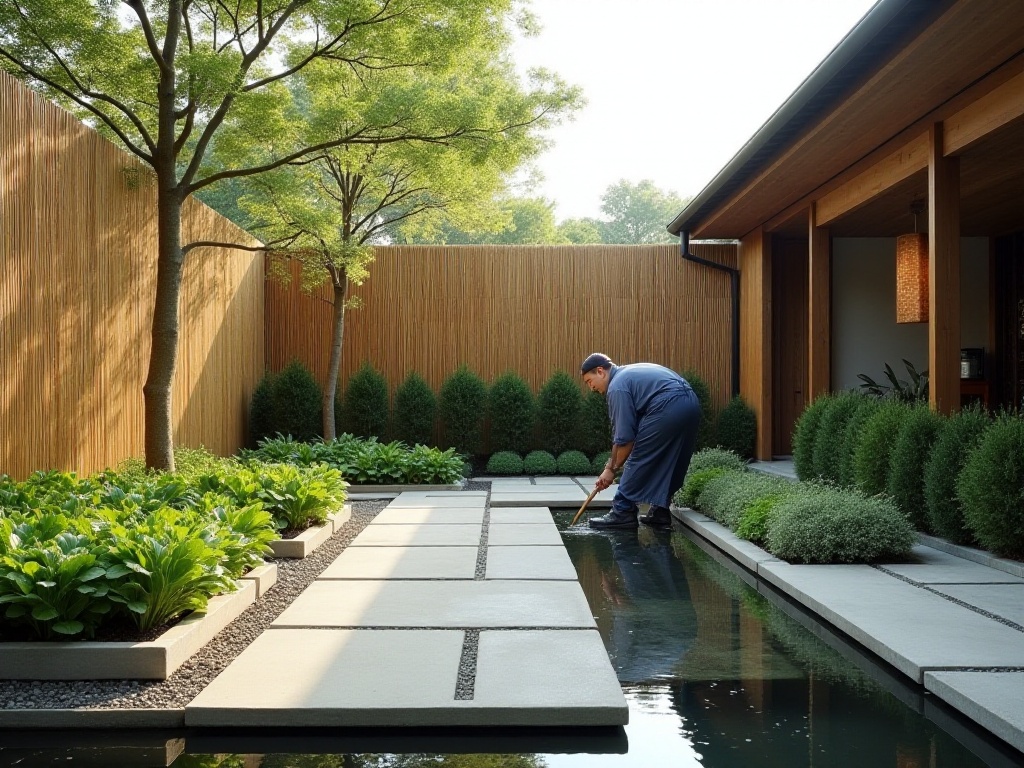
Closing Thoughts
Gardening is truly fascinating. I remember harvesting my first homegrown tomato - that sense of achievement was indescribable. Although the tomato was small and sour, it was the most delicious tomato I'd ever tasted.
After more than a year of exploration, I feel gardening's greatest charm lies in reconnecting us with nature. In our fast-paced urban lives, having our own little garden and watching plants grow day by day is particularly healing.
Everyone's gardening experience is unique, with different problems and challenges. But if you persist, you'll definitely find your own gardening joy. I hope this article provides some help and inspiration for those wanting to start gardening.
Do you have any gardening experiences to share? Or any concerns to discuss? Feel free to leave comments and exchange ideas. Next time, we'll talk about how to grow specific plant varieties - don't forget to follow.
Next
After 3 Months of Completely Changing My Diet, I Found My Quality of Life Improved by 80%
A comprehensive guide to healthy living, covering balanced nutrition principles, regular exercise routines, and essential wellness maintenance methods to help establish scientific eating habits and a healthy lifestyle
Beginner's Guide to Balcony Gardening: Creating Your Urban Garden Dream from Scratch
A comprehensive guide covering gardening basics, soil maintenance, plant care techniques, and practical gardening tips to help beginners create and maintain a healthy garden while mastering essential cultivation methods
Growing a Garden on My Balcony: 20 Essential Tips for Beginner Vegetable Gardeners
Explore practical gardening techniques covering garden space planning, seeding methods, sustainable practices, and tool management, helping gardeners optimize planting space, protect seedlings, and maintain gardens in an eco-friendly way
Next
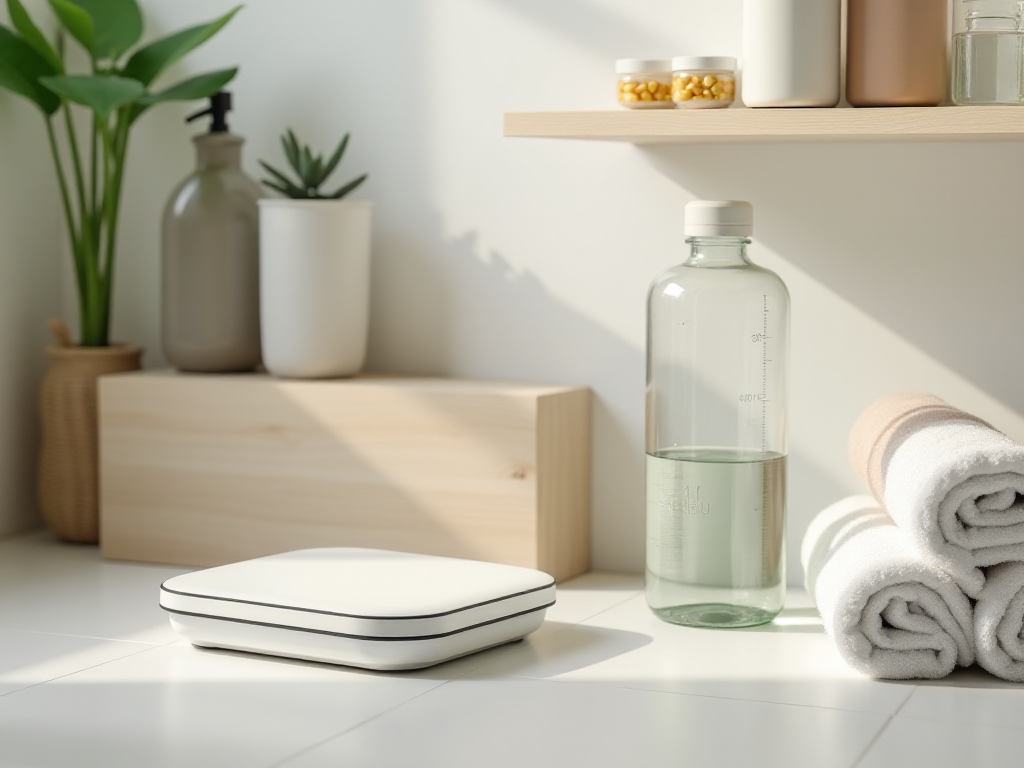
After 3 Months of Completely Changing My Diet, I Found My Quality of Life Improved by 80%
A comprehensive guide to healthy living, covering balanced nutrition principles, regular exercise routines, and essential wellness maintenance methods to help establish scientific eating habits and a healthy lifestyle
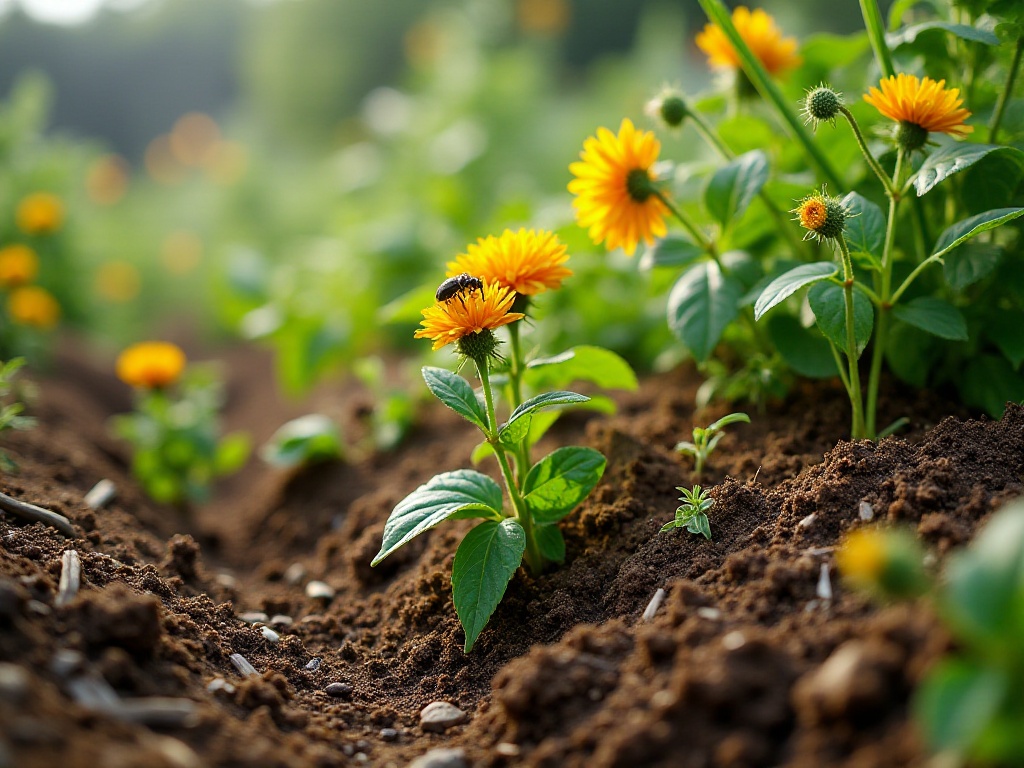
Beginner's Guide to Balcony Gardening: Creating Your Urban Garden Dream from Scratch
A comprehensive guide covering gardening basics, soil maintenance, plant care techniques, and practical gardening tips to help beginners create and maintain a healthy garden while mastering essential cultivation methods
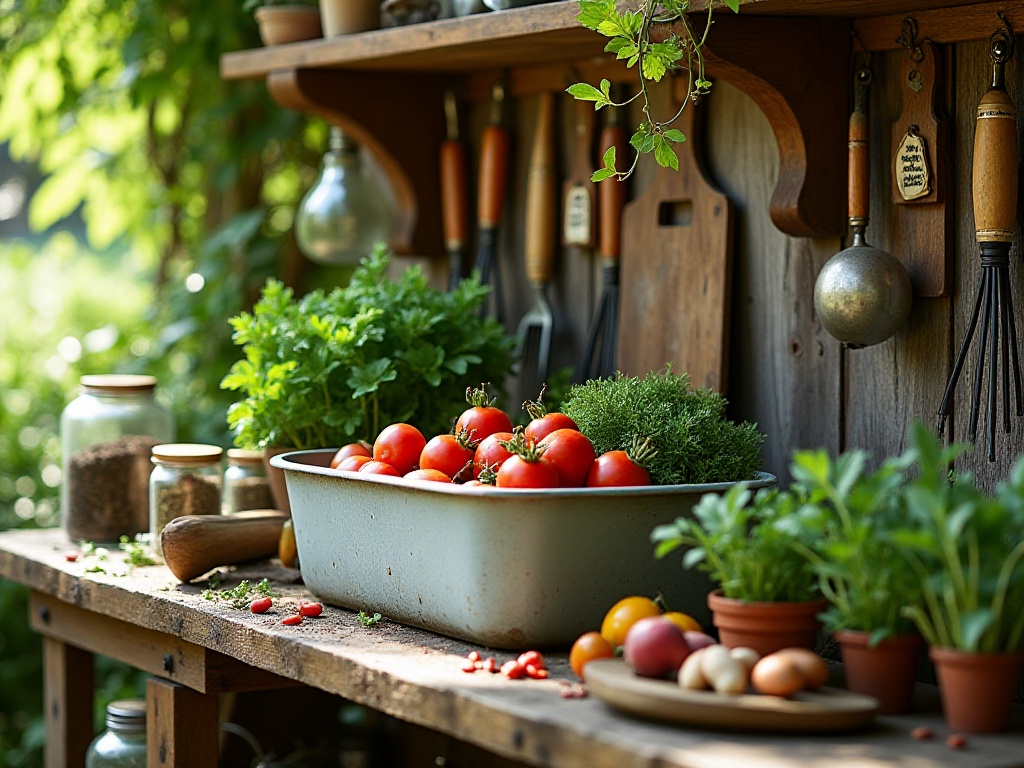
Growing a Garden on My Balcony: 20 Essential Tips for Beginner Vegetable Gardeners
Explore practical gardening techniques covering garden space planning, seeding methods, sustainable practices, and tool management, helping gardeners optimize planting space, protect seedlings, and maintain gardens in an eco-friendly way

